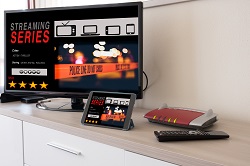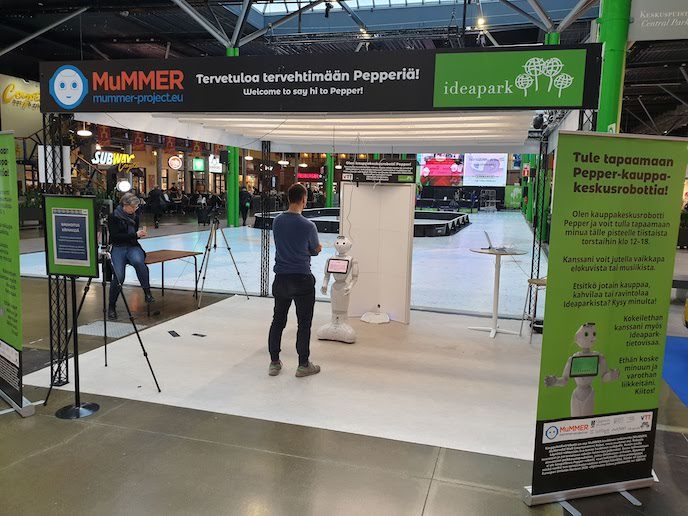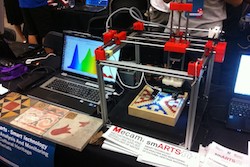Broadening business horizons
An EU-funded project set out to quadruple the total bandwidth available to internet end-users, increase access through the use of network technologies and architecture, and develop low cost access network equipment for new operating services. To achieve all this, the U-broad project developed and integrated technologies capable of delivering broadband content over ethernet-based networks directly into customer premises. First of all, the project team developed technology capable of providing fast ethernet (100\;Mbps) over existing telephone network copper cabling. To facilitate this, new techniques and state-of-the-art signal processing and communications algorithms were developed. These techniques were specifically designed to cope with the copper infrastructure. The U-broad project, the first publicly available extensive study of multi-channel techniques using real-life measured data, delivered a number of results. At the theoretical level, the team was able to put actual numbers on the capacity that can be expected from short broadband copper loops, for both single-line and vectored transmission. This is the first time that the capacity of very short twisted copper channels has been assessed based on measured data. Furthermore, the team was able to prove that downstream rates of 200\;Mbps per pair are achievable on a coordinated binder up to a distance of 250 metres. At the practical level, the prototype transceiver they developed is capable of up to 100\;Mbps at a distance of up to one kilometre. Novel noise cancellation and vectoring techniques for single carrier modulation were established and tested, along with advanced coding - including space-time codes over copper. Advanced spectrum management techniques for dynamic bandwidth allocation to the different users supporting high throughput and quality of service (QoS) constraints were also developed. The U-BROAD project represents a significant step forward in enabling existing lines of communication to deliver the internet services of the future.







